
In the summer of 1954, Roy DeCarava, a thirtyfouryearold photographer from Harlem, paid a visit to the fiftytwoyearold Langston Hughes. The two men didn’t know each other well, but it was not unusual for younger artists to seek out the famous author. In the more than two decades since Hughes—who was originally from Joplin, Missouri—had decided to make his home in Harlem, he had opened his doors to fledgling writers, painters, performers, and the like, who came looking for his genial counsel about their work and their lives. Enormously productive, Hughes was, at the time, one of very few artists of color who supported themselves with their art alone. So far, DeCarava hadn’t managed to do that himself. The only child of a hardworking single Jamaican mother, he had learned young that a strong work ethic was the key to advancement. By the time he met Hughes, he had toiled for several years as an illustrator for an advertising firm. A skilled draftsman, painter, and printmaker, he had developed his various talents first at the now defunct Textile High School, on West Eighteenth Street, and then at the Cooper Union School of Art, the Harlem Community Art Center, and, in the midforties, the George Washington Carver Art School. During the years of his apprenticeship as an artist, DeCarava’s practice underwent a great transformation: the photographs he had begun taking as the foundation for his prints became his dominant mode of expression.
This story is from the September 23, 2019 edition of The New Yorker.
Start your 7-day Magzter GOLD free trial to access thousands of curated premium stories, and 9,000+ magazines and newspapers.
Already a subscriber ? Sign In
This story is from the September 23, 2019 edition of The New Yorker.
Start your 7-day Magzter GOLD free trial to access thousands of curated premium stories, and 9,000+ magazines and newspapers.
Already a subscriber? Sign In
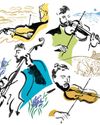
QUARTET ISLAND
Mendelssohn on Mull celebrates chamber music away from urban pressures.

FIX YOU
The self-help positivity of Coldplay.

ILLUMINATIONS
Suzanne Jackson captures the transformative power of light.
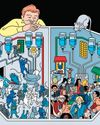
RAT PACK
The classic rodent studies that foretold a nightmarish human future.
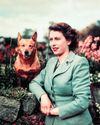
ROYAL TREATMENT
The unrivalled omnipresence of Queen Elizabeth IL.

WELL, WELL, WELL
Eating—and not-in the epicenter of hype diets.
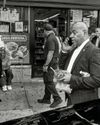
NEWARK STATE OF MIND
Mayor Ras Baraka's reasonable radicalism.

DOOM SCROLLING
Social media and the teen-suicide crisis.
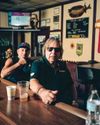
THE WORKER REVOLT
Harris and Walz try to stop blue-collar Americans from drifting to Trump.

THE CHIT-CHATBOT
Is talking with a machine a conversation?